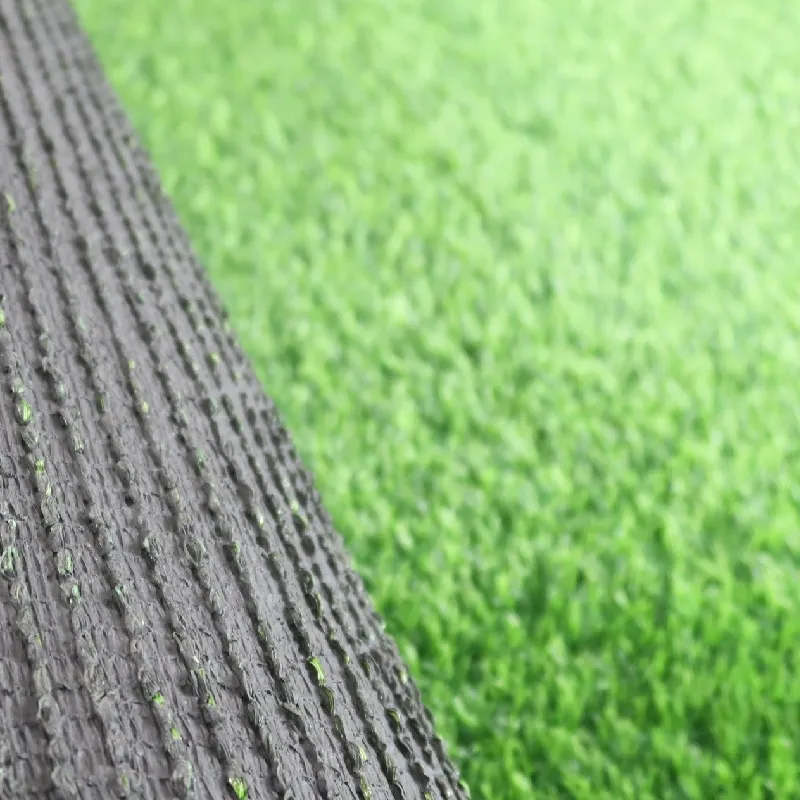
- Afrikaans
- Arabic
- Belarusian
- Bengali
- Czech
- Danish
- Dutch
- English
- Esperanto
- Estonian
- Finnish
- French
- German
- Greek
- Hindi
- Hungarian
- Icelandic
- Indonesian
- irish
- Italian
- Japanese
- kazakh
- Rwandese
- Korean
- Kyrgyz
- Lao
- Latin
- Latvian
- Malay
- Mongolian
- Myanmar
- Norwegian
- Persian
- Polish
- Portuguese
- Romanian
- Russian
- Serbian
- Spanish
- Swedish
- Tagalog
- Tajik
- Thai
- Turkish
- Turkmen
- Ukrainian
- Urdu
- Uighur
- Uzbek
- Vietnamese
The Impact of Artificial Turf on Football Stadium Experience and Player Performance
Nov . 11, 2024 02:04 Back to list
The Rising Popularity of Artificial Grass in Football Stadiums
In recent years, the trend of using artificial grass in football stadiums has gained significant momentum. While natural grass has long been the traditional choice for pitch surfaces, the advantages provided by synthetic turf are leading many clubs and organizations to reconsider their options. This article explores the benefits of artificial grass in football stadiums, its impact on the game, and its future in the world of football.
One of the most compelling advantages of artificial grass is its durability. Natural grass pitches can suffer from wear and tear, particularly in high-traffic areas. Heavy rainfall can render them unplayable, leading to match cancellations and rescheduling hassles. In contrast, modern synthetic turf is engineered to withstand intense usage and adverse weather conditions. Players can train and play on these surfaces without the concerns of muddy pitches or bare spots, leading to more consistent playing conditions throughout the season.
Another significant benefit of artificial grass is its low maintenance requirements. Maintaining a natural grass pitch involves regular mowing, watering, and fertilization. These activities can be costly and labor-intensive for clubs, particularly those on tighter budgets. Conversely, synthetic surfaces require minimal upkeep, reducing operational costs and allowing staff to focus on other essential tasks. The reduced need for water is also an environmental benefit, particularly in regions prone to drought.
Performance is a crucial consideration in football, and many players have noted that modern artificial turf can replicate the feel and playability of natural grass. Advances in technology have resulted in synthetic surfaces that provide excellent ball roll and reliable traction. This helps teams maintain a high level of performance, supporting skills training and competitive play. However, some players still express concerns about the potential for increased injury risk on artificial surfaces, especially regarding certain types of footwear. Continuous improvements in turf technology seek to address these concerns, ensuring that safety remains a priority.
artificial grass in football stadiums

Furthermore, artificial grass allows for greater flexibility in usage. Clubs can host matches, training sessions, and community events without the fear of damaging the pitch. This versatility is particularly valuable for facilities that host multiple teams or sports. During inclement weather, these surfaces remain playable, keeping the sporting calendar intact and fostering a vibrant football community.
The aesthetic qualities of artificial grass also deserve mention. Many stadiums have begun to upgrade their facilities to include striking, lush green pitches that remain consistent throughout the season. This visual appeal can enhance the overall match-day experience for fans, creating a more inviting atmosphere in stadiums. Moreover, the ability to customize pitch designs and club logos directly onto the turf has become an exciting trend to increase team branding.
Despite its advantages, the transition to artificial grass has not been without its controversies. Some purists argue that nothing can match the beauty and authenticity of a natural grass pitch. Concerns about the environmental impact of producing and disposing of synthetic materials also persist. However, ongoing innovations aim to create more sustainable options that may alleviate these concerns.
In conclusion, the adoption of artificial grass in football stadiums marks a significant shift in the approach to pitch maintenance and player experience. With its durability, low maintenance needs, and consistent performance, synthetic turf offers a practical solution to many challenges faced in the sport. While debates over the merits of artificial versus natural grass will likely continue, the evolution of football surfaces is poised to shape the future of the beautiful game. As more clubs invest in synthetic facilities, players and fans alike will benefit from the advancements in this critical aspect of football.
-
The Benefits of Artificial Turf for Indoors
NewsJul.15,2025
-
How Artificial Grass Suppliers Ensure Quality Products
NewsJul.15,2025
-
Artificial Grass and Pets: A Space for Relaxation
NewsJul.08,2025
-
Balcony & Outdoor Decoration with Artificial Grass
NewsJul.08,2025
-
Best Indoor Artificial Grass for Home
NewsJul.07,2025
-
Best Pet Turf for Dogs: Safe & Durable Artificial Grass Options
NewsJul.07,2025
Products categories









